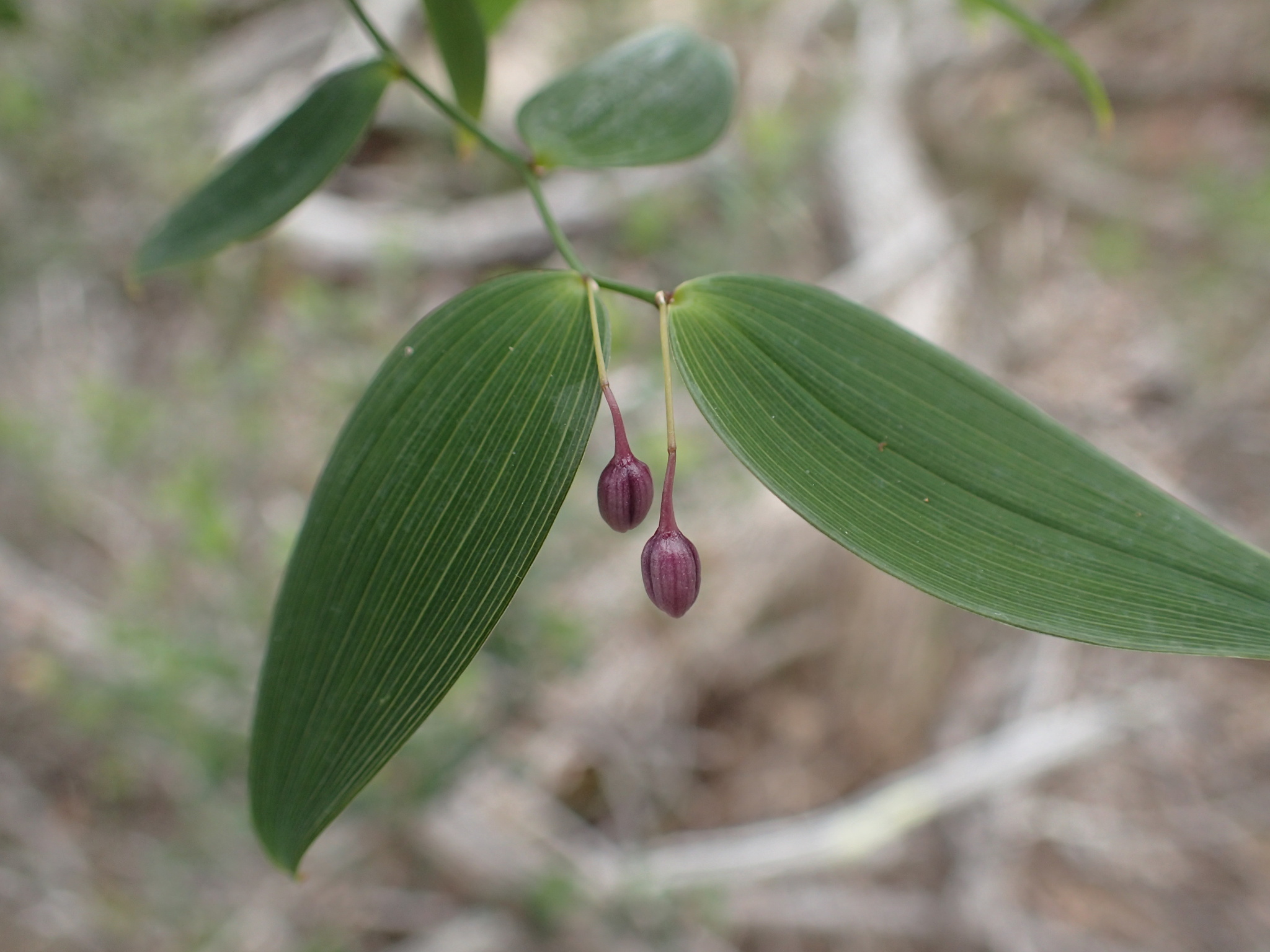
Greek eu – well, strephus – twisted, referring to the twining stems.
Perennial evergreen rhizomatous branching vines or shrubs with tuberous roots. Leaves linear to broadly ovate, carried along stems. Flowers radially symmetrical, stalked, individual flower stalks articulated. Inflorescence a few- to many- flowered cymose panicle.Tepals 3+3, 3 nerved, free, not twisting spirally when withered; inner 3 with fimbriate margins. Stamens 6, fused basally; anthers dehiscing by apical pores. Ovary superior, 3 lobed. Fruit a 3 lobed berry-like fleshy capsule. Seeds d-shaped, black, with fleshy white appendages.
Grown for the simple flowers and attractive long lasting fruits.
1 species native to Australia and extending to SE Asia and the Pacific.
Tuberous roots; cymose inflorescences with fimbriate flowers; berry-like fleshy capsules and black seeds with white appendages.
Conran (1987), Laferrière (1996).
Source: (2005). Laxmanniaceae. In: . Horticultural Flora of South-eastern Australia. Volume 5. Flowering plants. Monocotyledons. The identification of garden and cultivated plants. University of New South Wales Press.
